It began with a simple question: how many Jews were there in the Orawa region before the Holocaust? We were sitting in my now-in-laws’ kitchen, and Babcia explained a common enough situation in rural Poland: most, if not all, of the stores were Jewish interests, leading to a resentment, sadly not all that uncommon, that resonates even today. More than once I’ve heard that Jews run Poland now. Yet in the midst of the original conversation, Babcia mentioned something that piqued my interest.
“There’s even a Jewish cemetery somewhere around here,” she said as a sort of after thought.
“Where?”
“Oh, I don’t know. Somewhere near Podwilk.”
That was probably ten years ago. Every time I went through Podwilk, I thought of the cemetery. I imagined a rusty, decrepit iron fence surrounding a few tombstones, trees overturning a few gravestones. A cliche in other words.
The reality, though, was much less romantic. The discovery began with a simple search on Google: “żydowski cmentarz podwilk.” A cemetery dating from the nineteenth century, the resting place for Jews not only of Podwilk but also neighboring and nearby villages: Jablonka, Syptkowice, Lipnica, and others.
Within a few clicks, I had directions:
Jadąc od strony Chyżnego należy skręcić we wsi przed kościołem w prawo, dalej kierować się drogą asfaltową aż do małej kapliczki. Przy kapliczce po prawej stronie drogi należy skręcić w prawo (droga pnie się pod górę) w pola. Od końca asfaltowej drogi trzeba iść pieszo około 250 m pod górę. Cmentarz położony jest pod lasem.
A few minutes in the car, and there was the turn to the right just before the church. A kilometer down the road and there was the small chapel with the road off to the right. The asphalt ended, and all I saw in front of me were little forests. I stopped to ask a resident, who pointed out a small patch of trees that sat near the top of a hill, in front of a larger forest.

As I neared, signs of rumors I’d discovered on the internet appeared. For a few years, a group of Poles was taking care of the cemetery, and they even started building an enclosure. And there, by a field of potatoes and in front of the small patch of trees the young man had pointed out to me stood a brick fence post. Yet as I neared, I wondered if I was mistaken, though. Perhaps it was the beginnings of a house: Poles often build the fence around their lot before actually proceeding much beyond the foundation. No sign of any cemetery: nothing that even hinted at relative antiquity; no stones; no markers of any kind.
Still, I left the rutted road and headed through the weeds and grass, and hidden at the edge of the forest, I saw the corner of a grave marker. Venturing into the small wood, I saw a second, and a third. Deeper and deeper and suddenly they were everywhere.
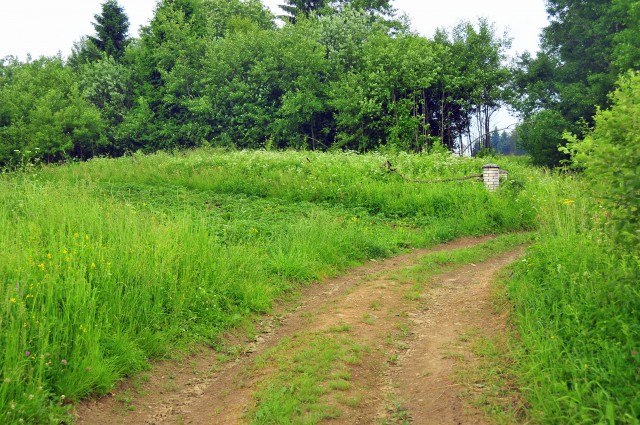
Some lay on the ground covered in moss, completely illegible. Others leaned against this tree or that, the Hebrew lettering in various stages of illegibility. Some stood straight and true but with an edge or corner knocked off, the missing piece nowhere to be found. Few if any stood unaffected by the years of weather and roots.
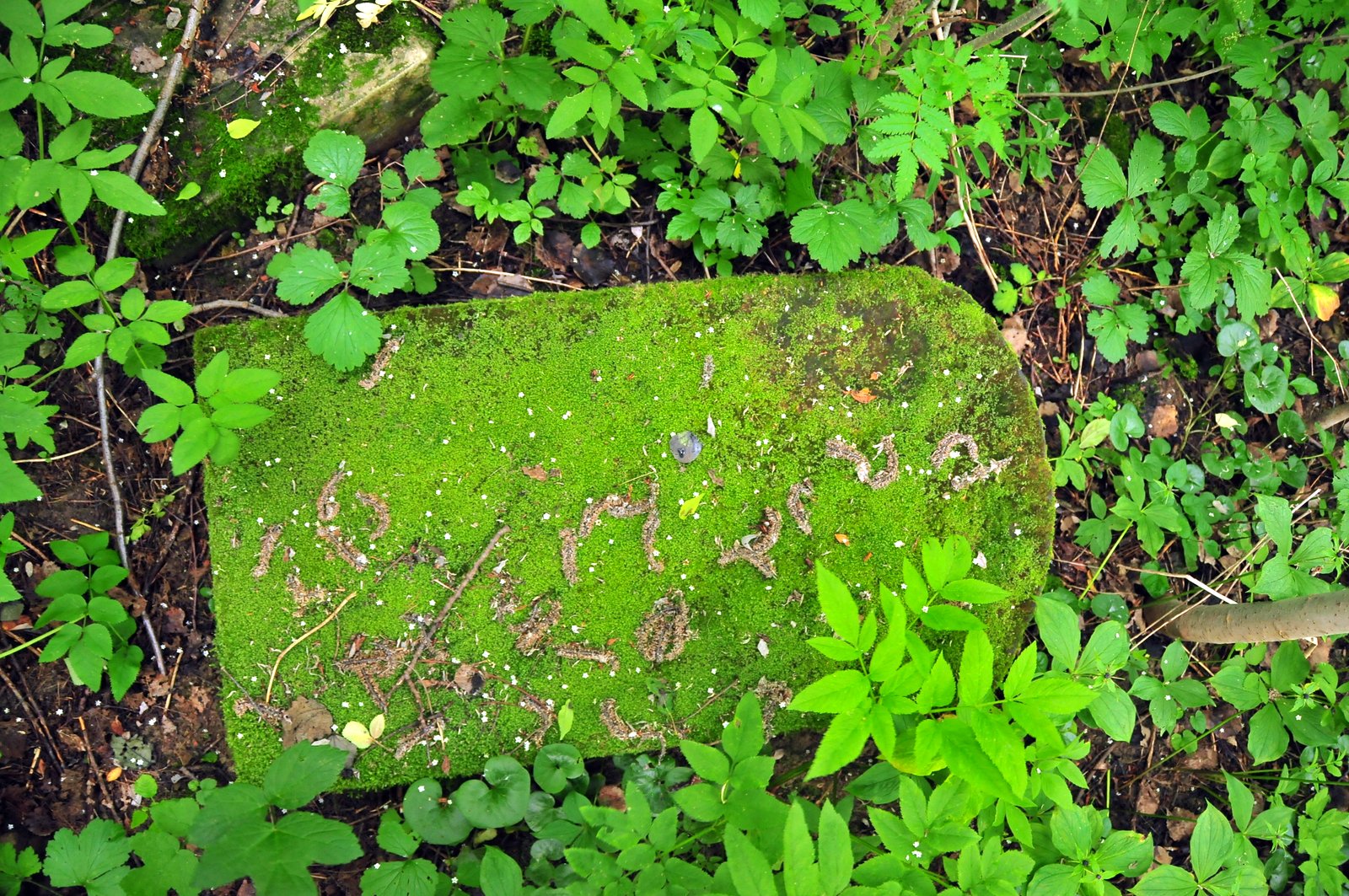
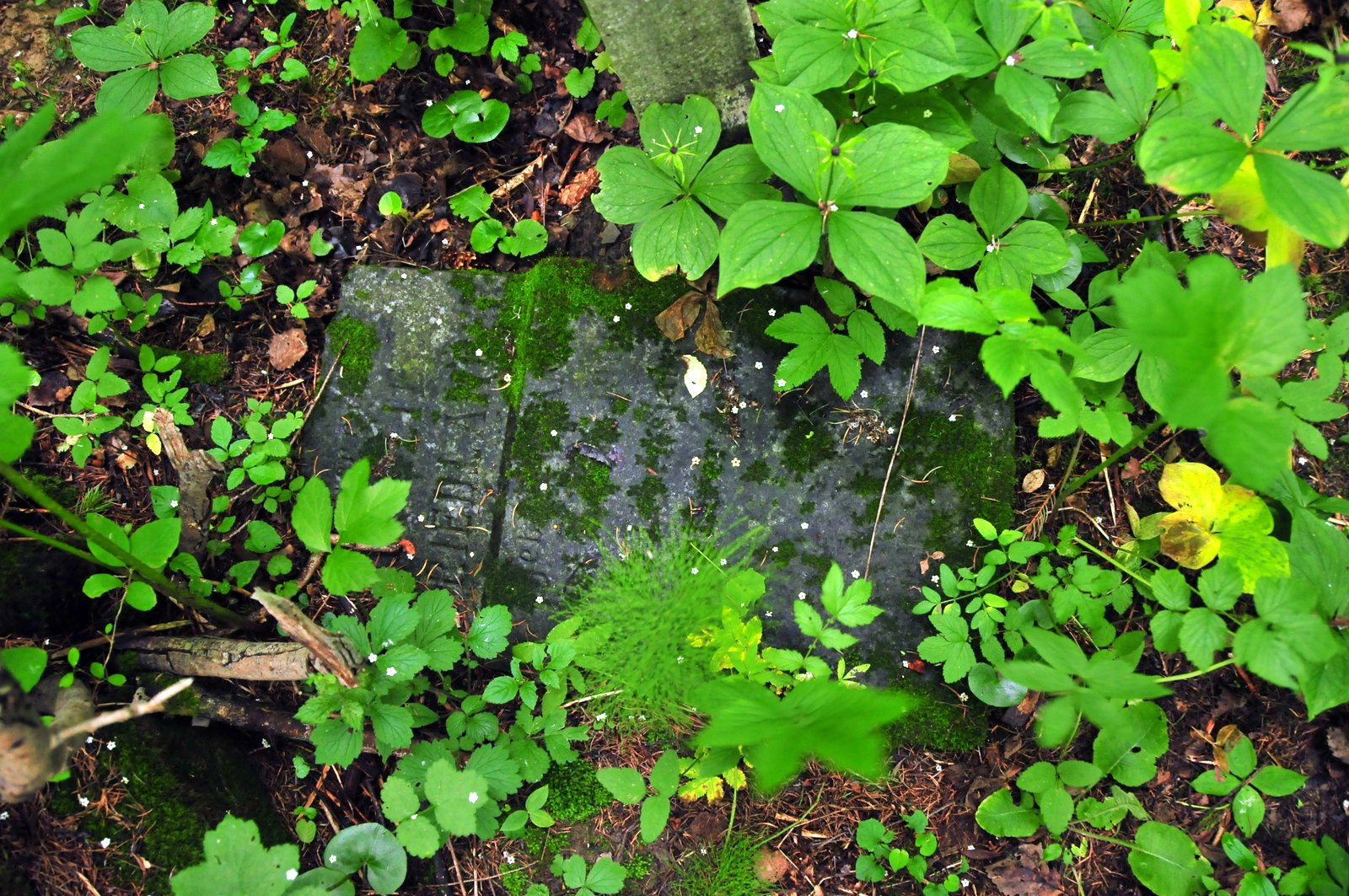
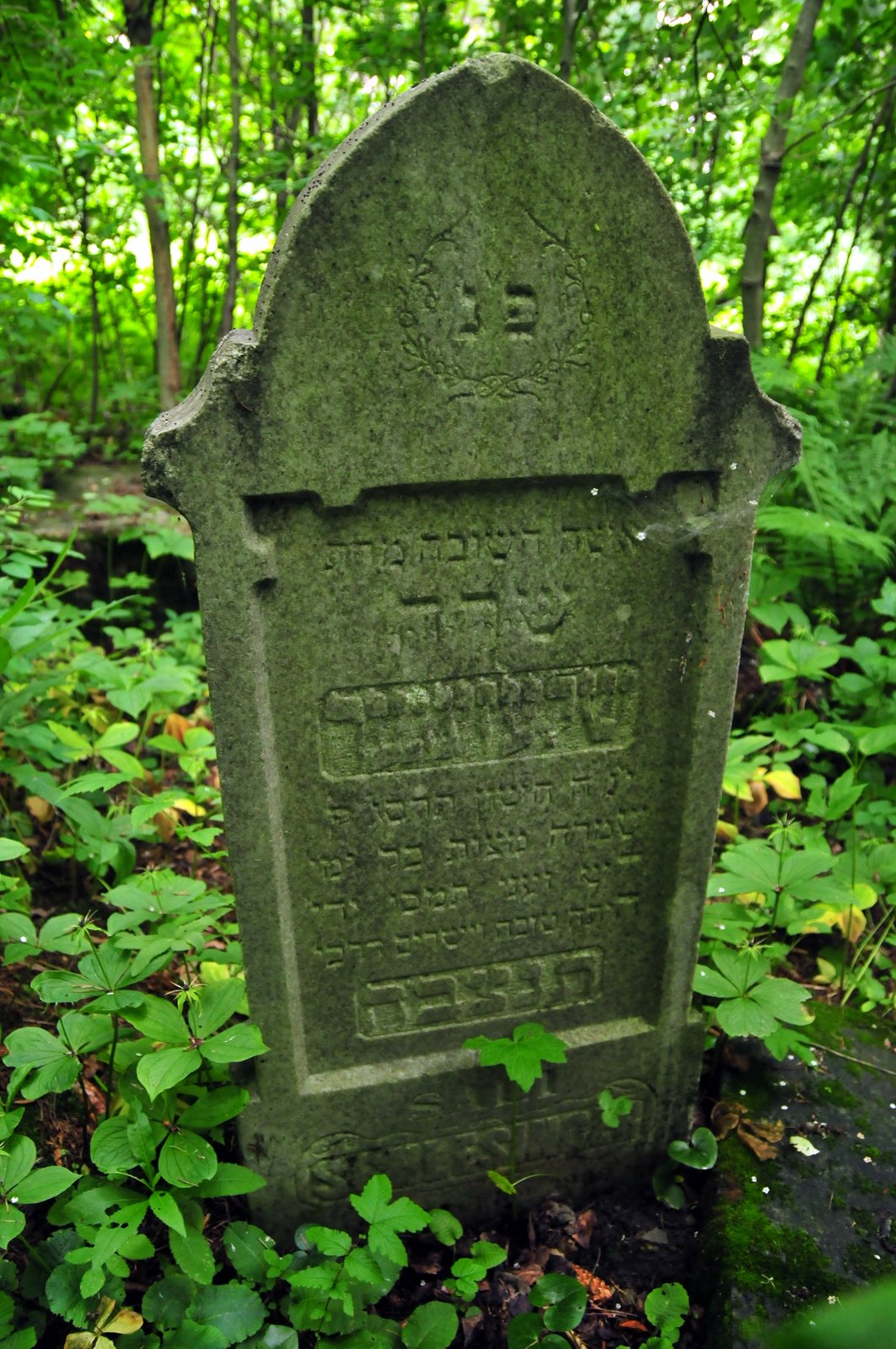
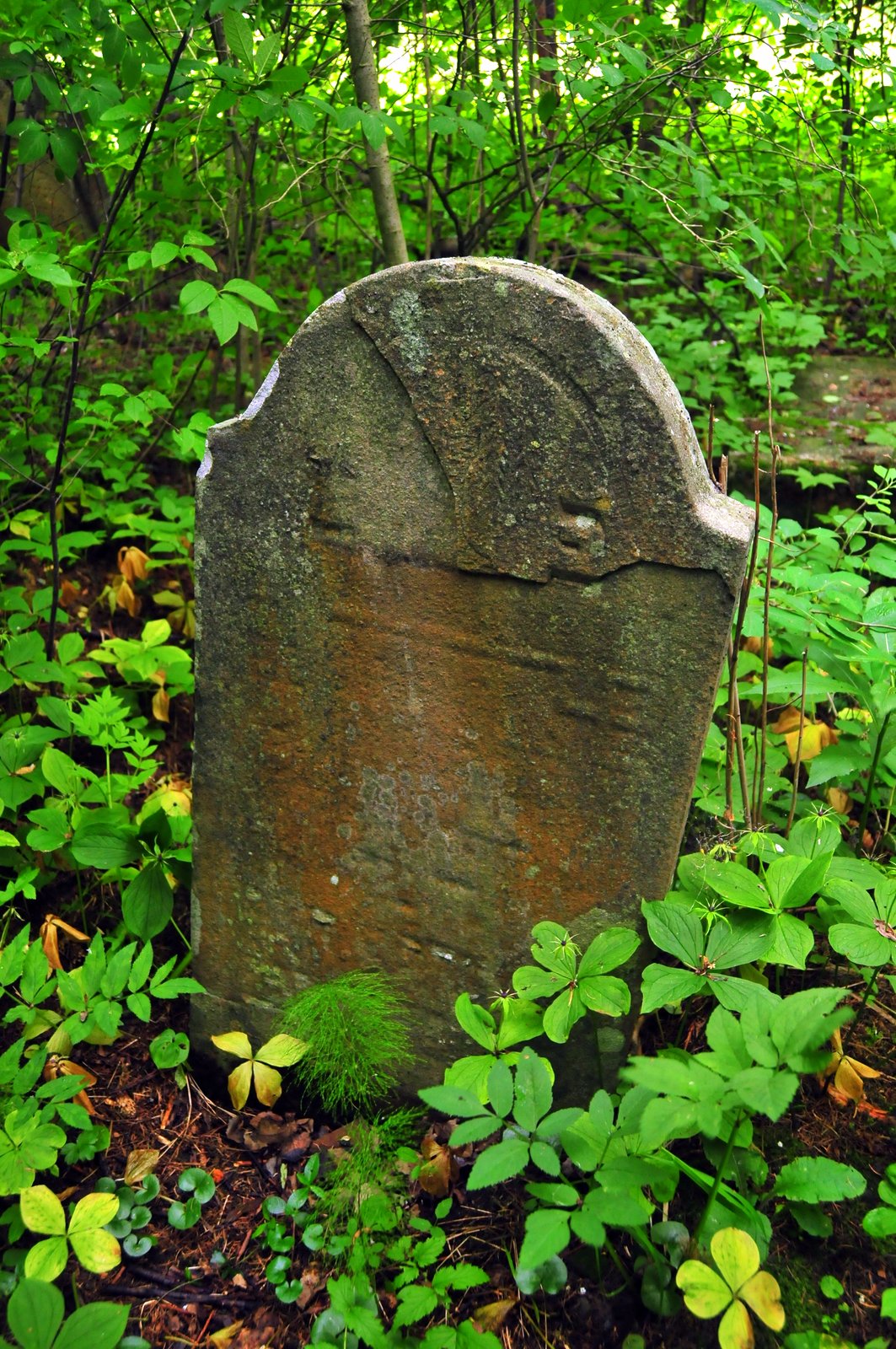

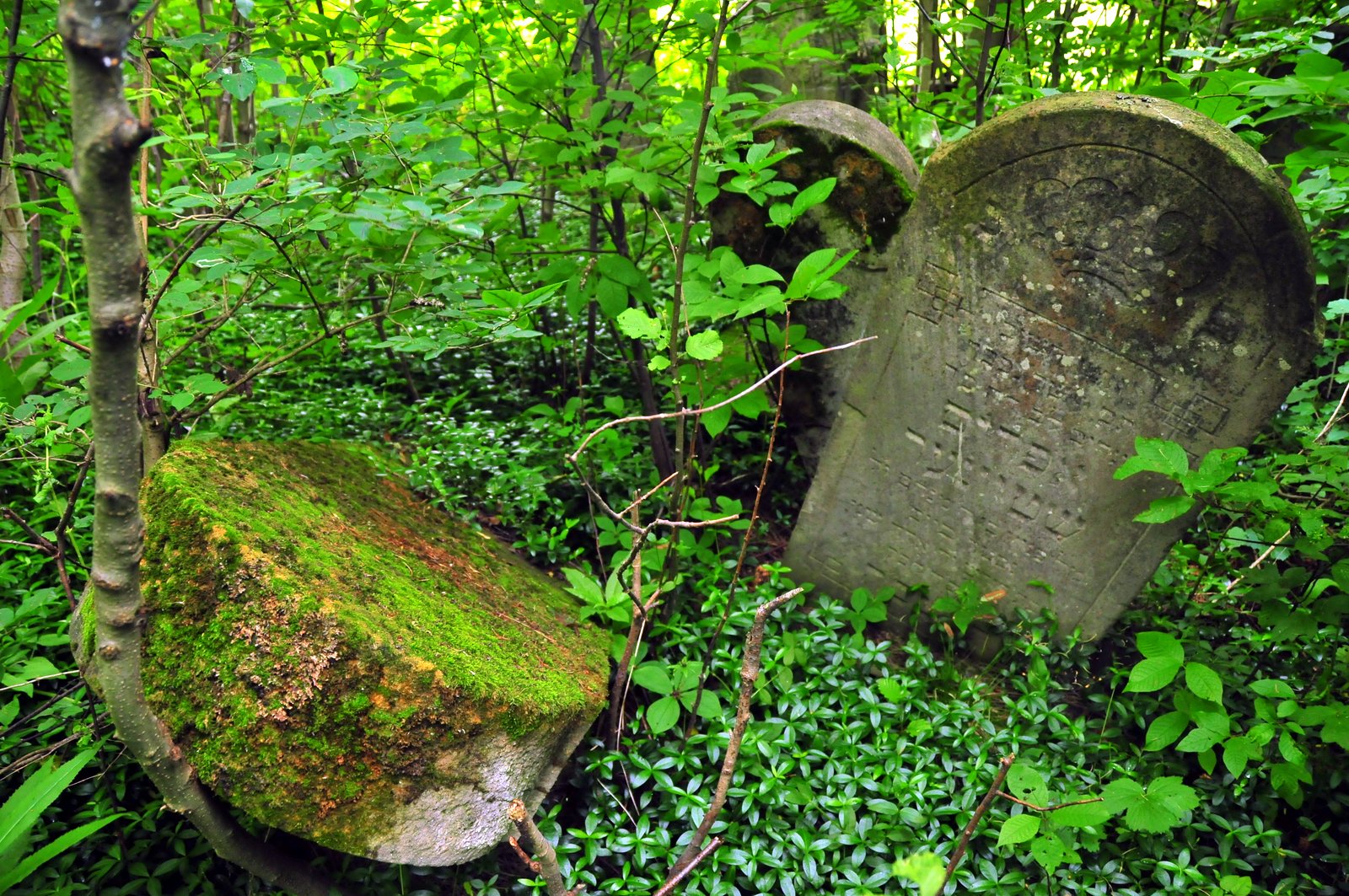
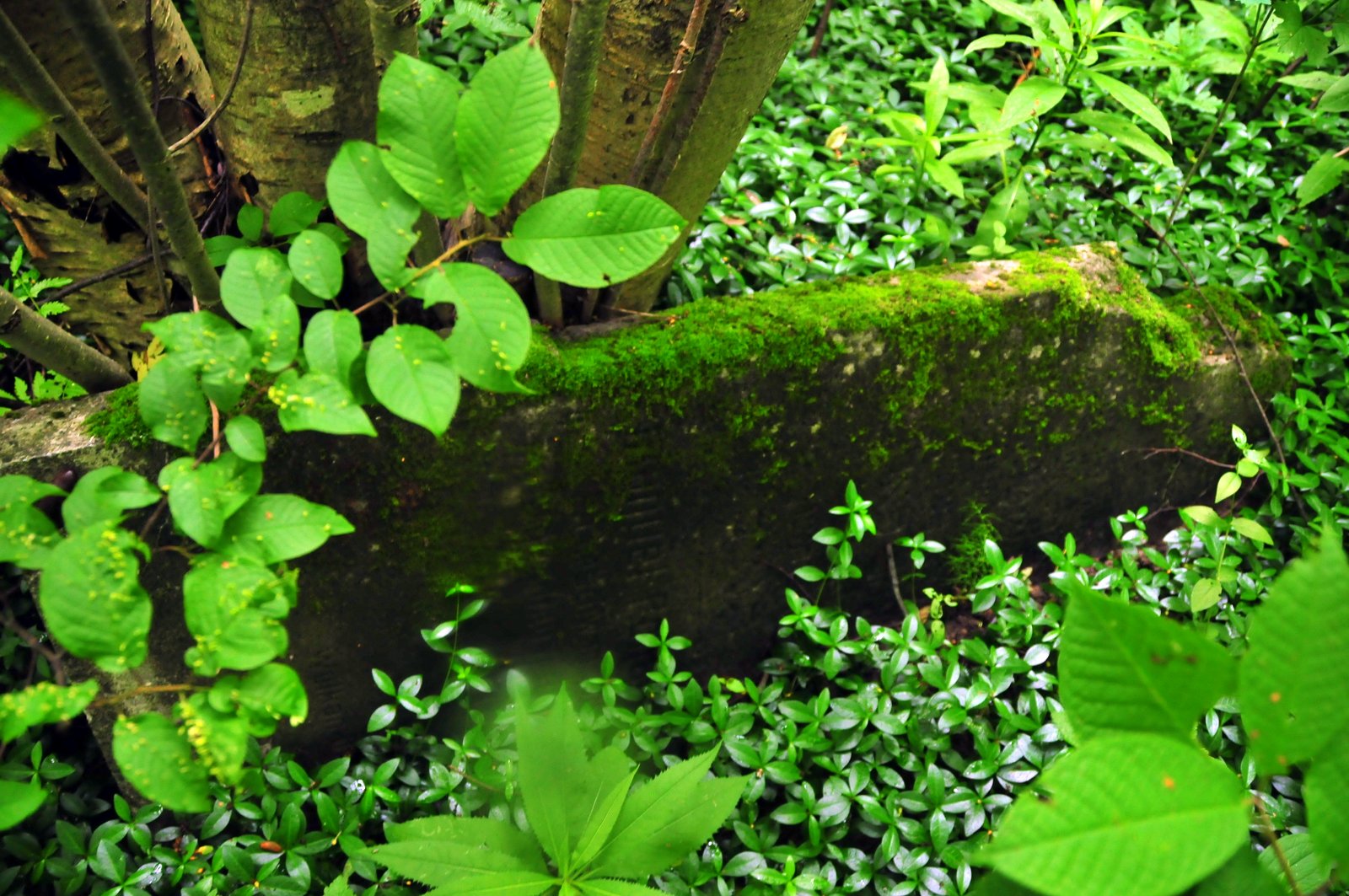

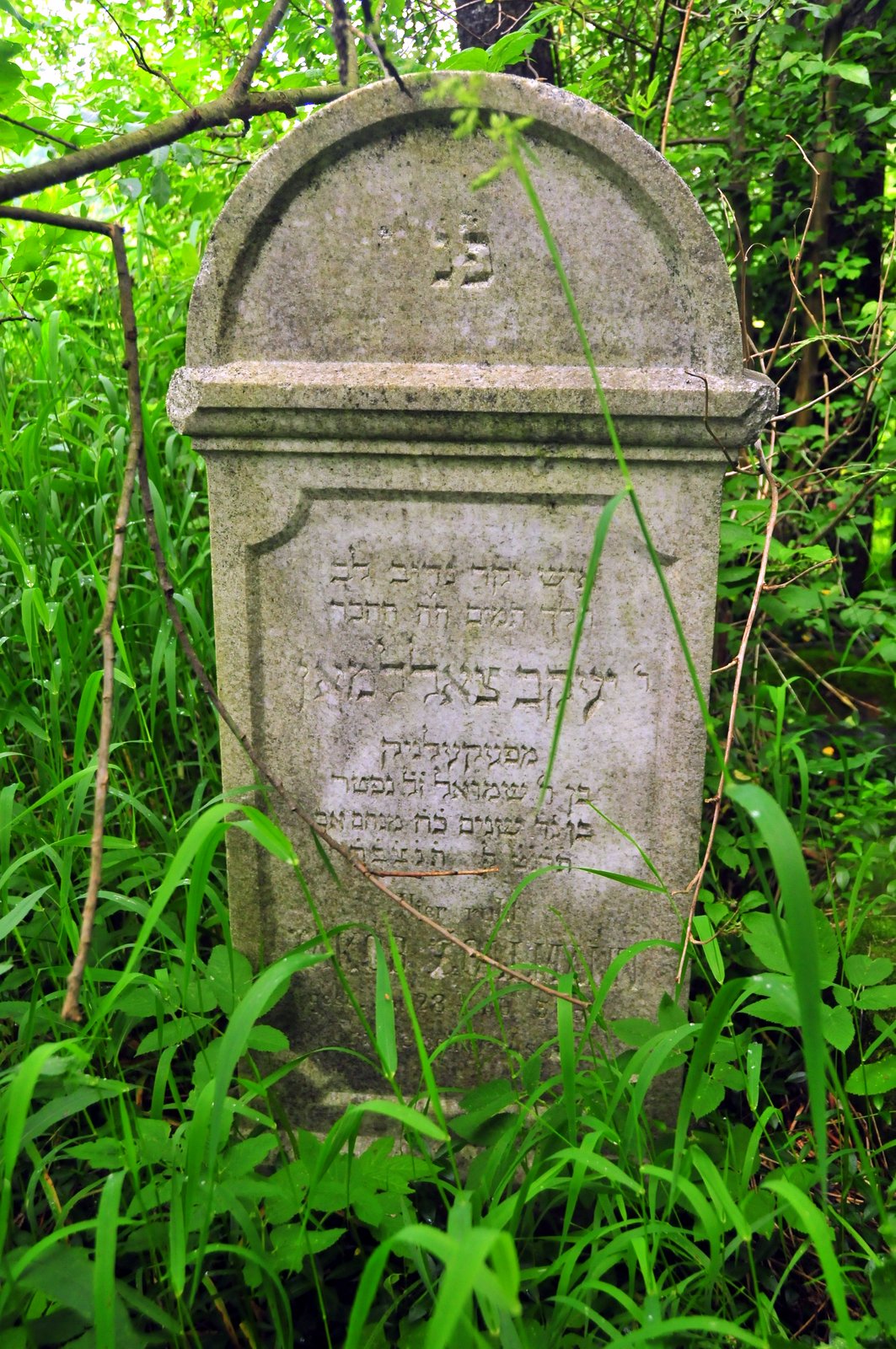

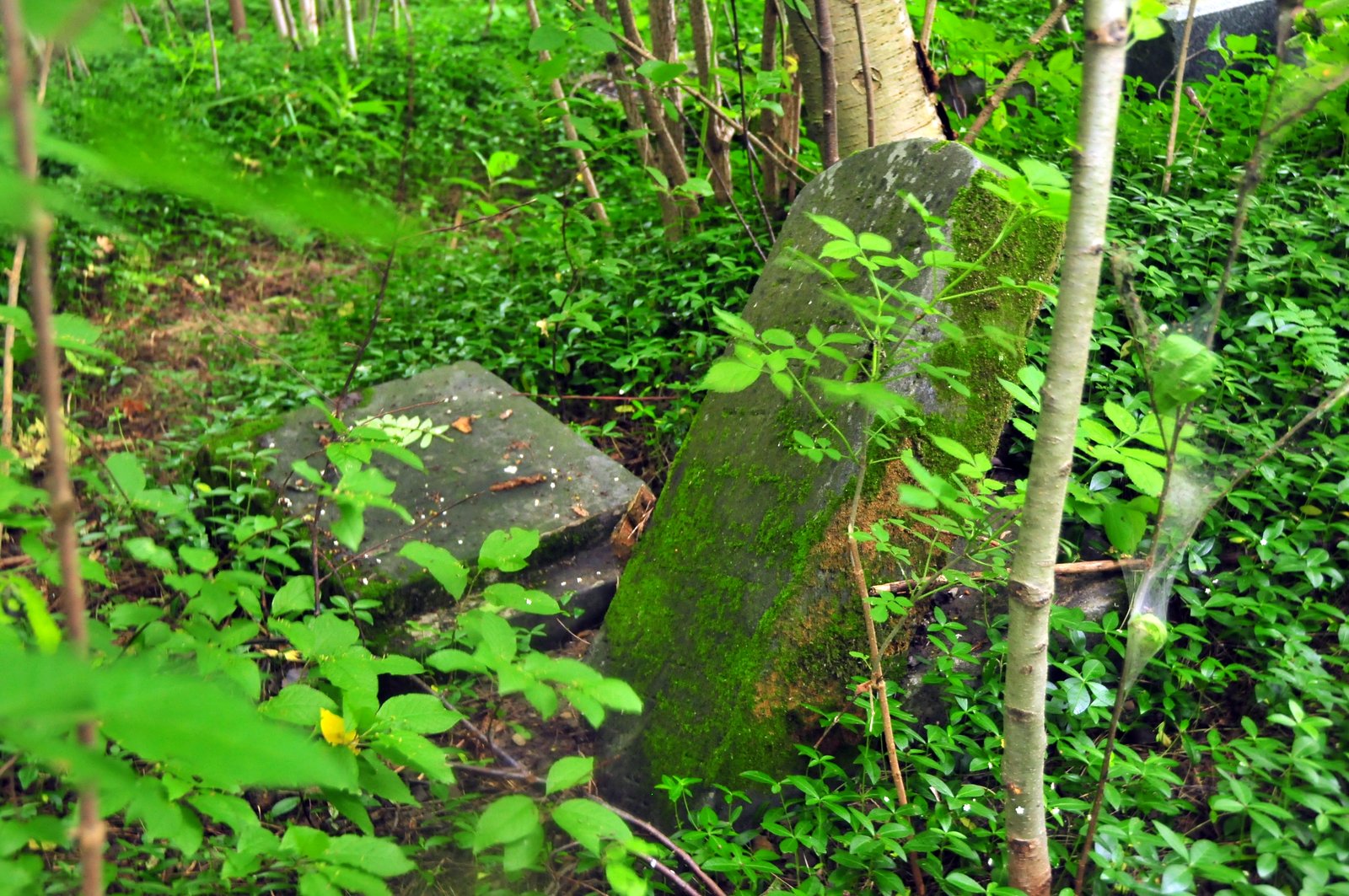


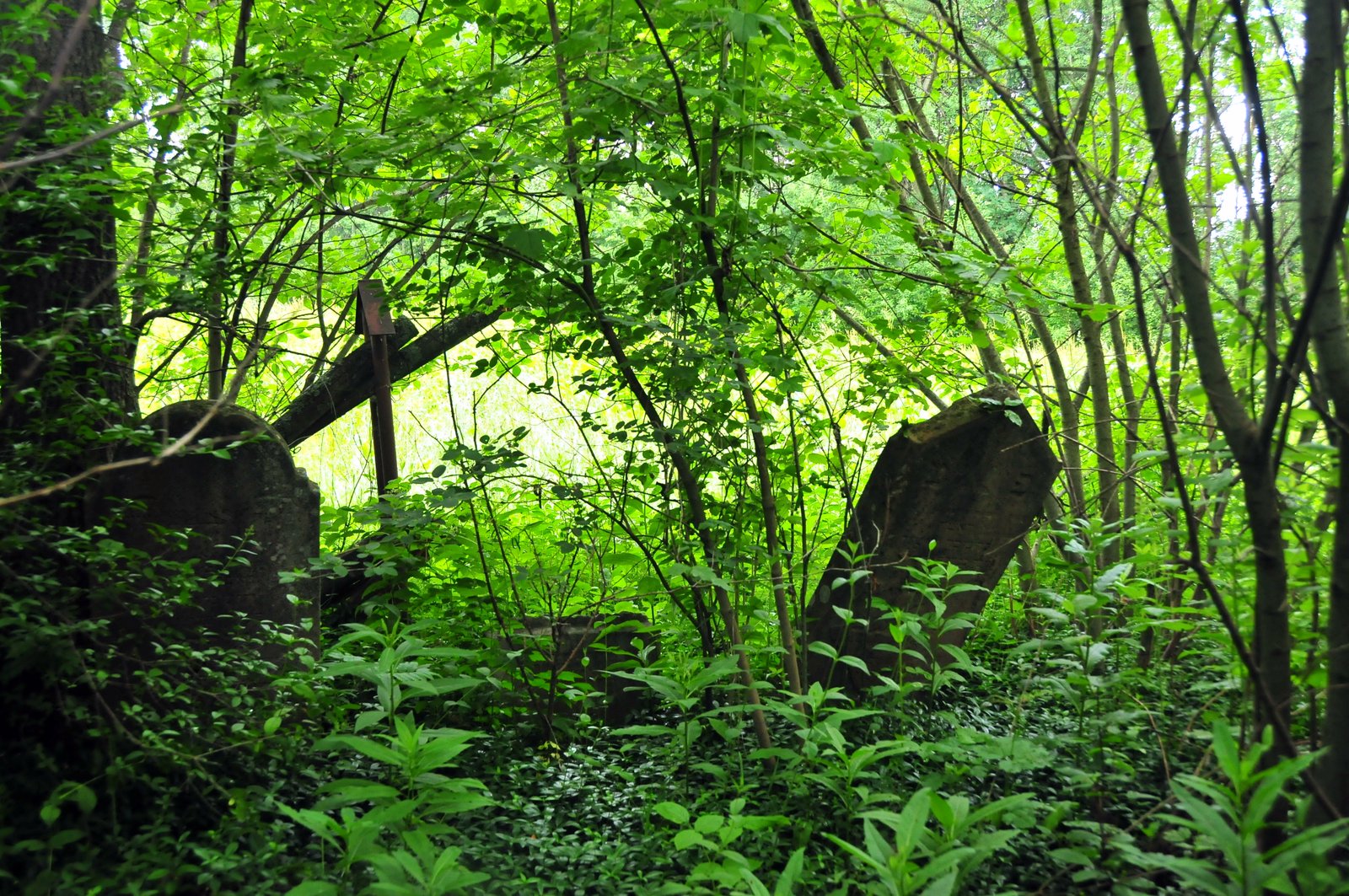
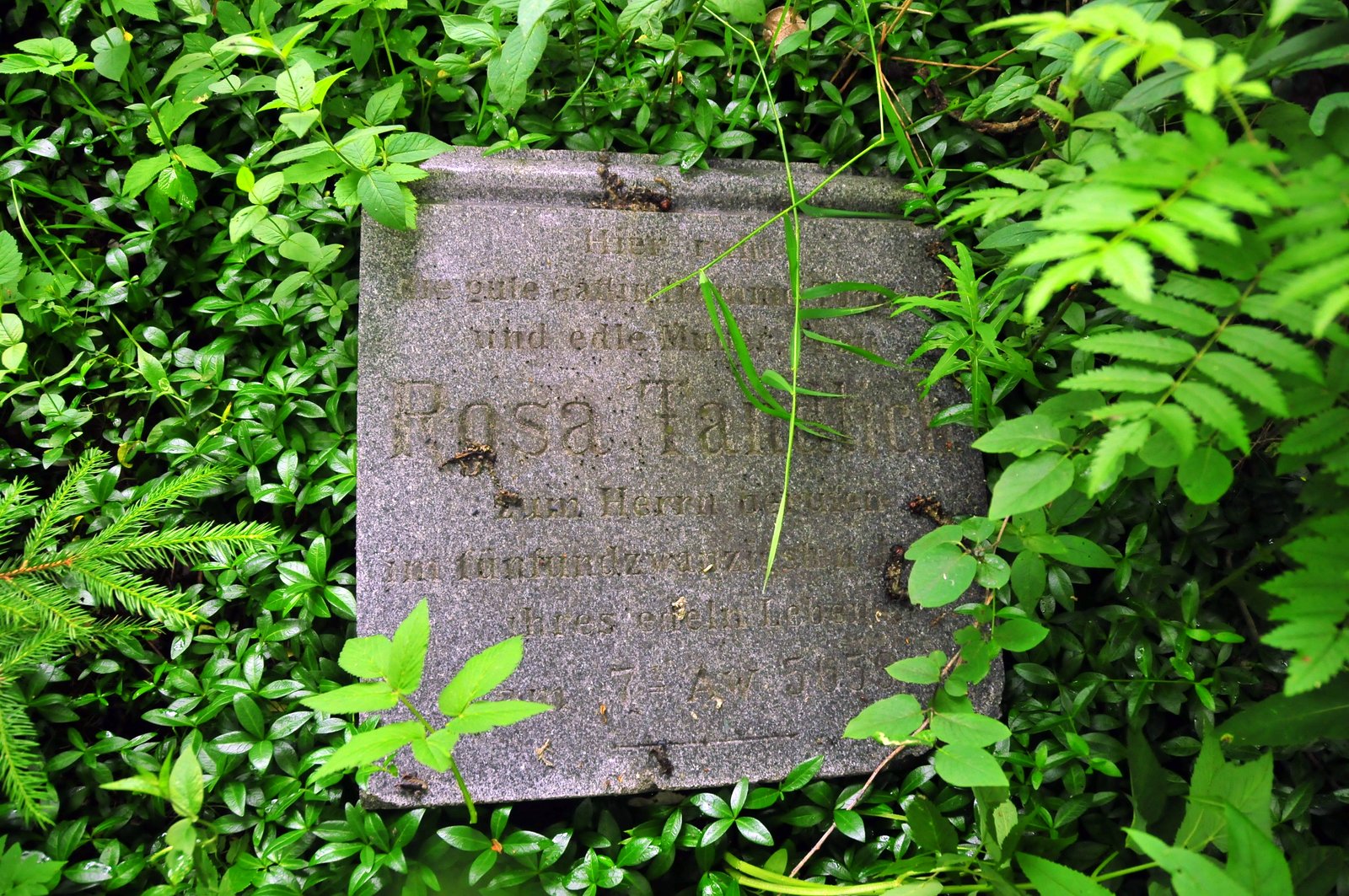
“And this is all that is left of a rich Jewish heritage here in Orawa,” I thought. The Nazis destroyed the people themselves; time and apathy is taking care of the rest. Soon, there will be little to show that Jews lived, and died, in this area.

I turned to leave and noticed a small tree that looked as if it were itself about to fall. The forest will grow, fall, and rot, the stones themselves will dissolve in the countless downfalls that wash through the area, eventually, only trained archeologists, if they still exist at that time, would be able to find the cemetery.

That is of course the fate of all of us, to be sure. But as a species, we’re so obsessed with our legacy, and it’s a little disconcerting to find such apparent disregard for the meager physical remnants of an entire ethnic group.
“Imagine a Polish cemetery in some foreign country looking like this,” Babcia said looking at the pictures. Indeed, imagine just about any other ethnic group’s cemetery looking like this.
ja kiedys chodzilam na ten cmentarz, mam cala dokumentacje jesienia wiec bylo wiecej widac, niestety mam go na negatywach wiec teraz wypadalo by zrobic wersje cyfrowa, ciekawe miejsce, wiedzialam o nim od babci i dziadka z Podwilka, babcia z Jablonki tez o nim wiedziala, ktos go kiedys ogrodzil, jest tam czesc nowego plotu
Gary gdybys chcial dowiedziec sie wiecej to Robert Slusarczyk, nauczyciel historii z liceum w Jablonce, kolega mojego brata Mariusza ze szkoly pisal prace magisterska o Zydach na Orawie, i wlasnie ostatnie zdjecia cmentarza robilam dla niego do tej pracy, ale nigdy jej nie czytalam